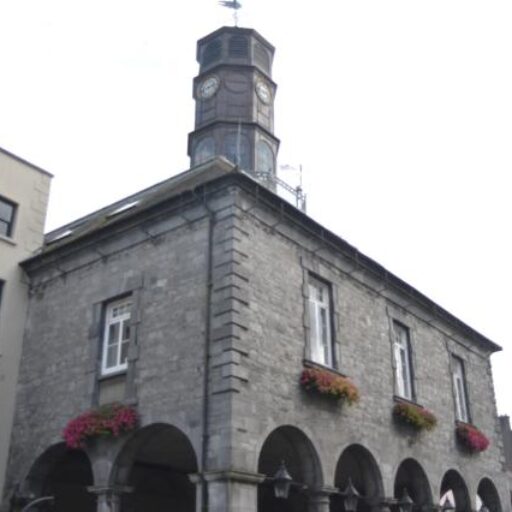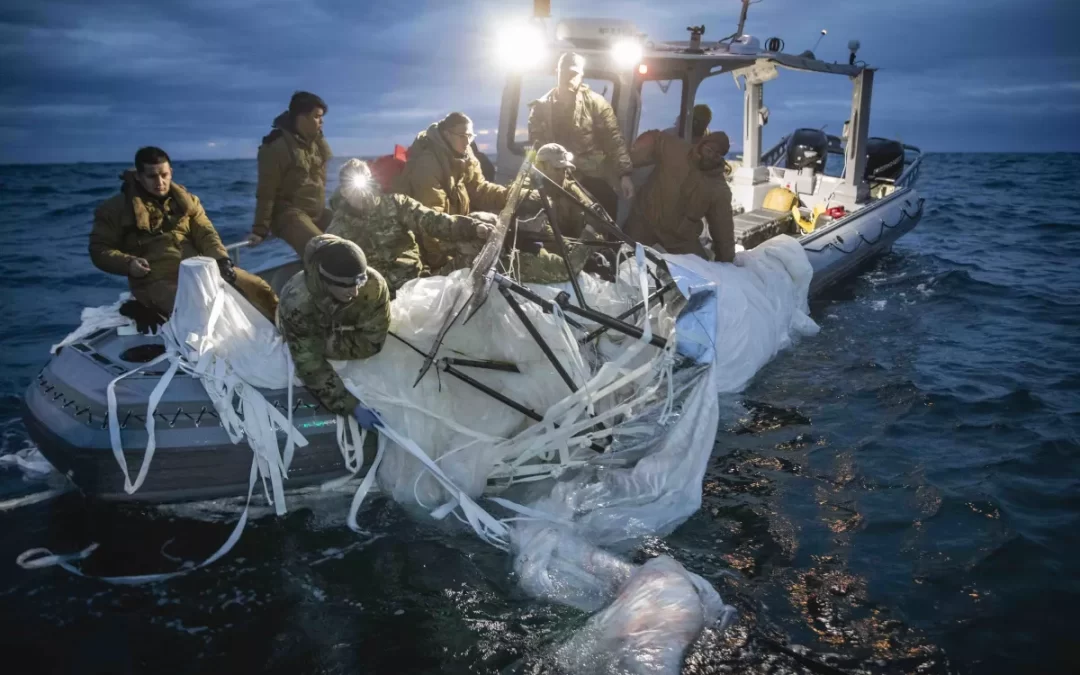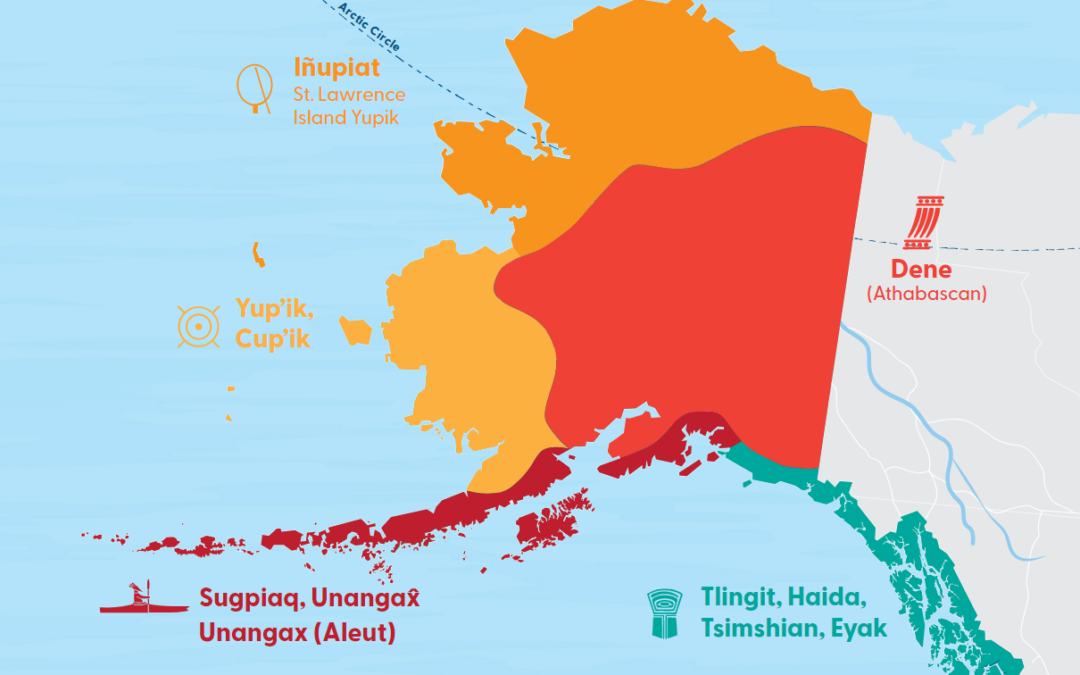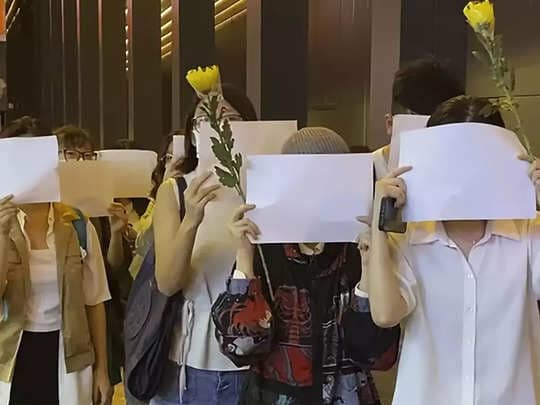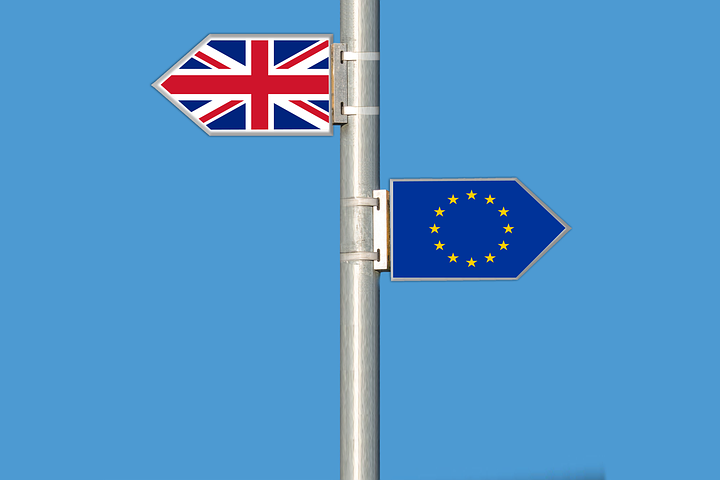
Big Change of Perspective by the U.K. Public
Athrú Ollmhór...
Recently, three researchers at the European University Institute performed an interesting analysis of trends in British opinion polls on Brexit that had been carried out over a six -year period. They noticed a strong trend - over time more people think that Brexit was a disastrous mistake. Other interesting trends were also discovered when they broke down the results by age group.
Results of the British referendum on Brexit
In the referendum itself in 2016, 52% were in favor of leaving the European Union (EU) and 48% against. But 64% of voters over 65 chose ‘leave’, compared to just 29% of youngest voters – those between 18 and 24 years. There is no argument but that there was, there is and there will be a big difference between young and old regarding Brexit.
The results of opinion polls
‘YouGov 'ran British opinion polls in 2016, 2018, 2020 and 2022. This question was in every poll:“ Do you think it was right or wrong for the UK to leave the EU? ”
Among all respondents, the average percentage has increased over time who think that it was wrong to leave the EU, suggesting that the people of the UK have experienced a change of heart.
The researchers Joris Frese, Juho Härkönen and Simon Hix for calculated the percentage for each age group who answered ‘wrong’”, in an attempt to gain deeper insights.
Researchers' analysis
Only a small group of the oldest voters group (65+) changed opinion since the referendum. In the latest poll, 28% think it was wrong to leave the tea. (This shows that,) if anything, they are, as a group, more comfortable now than ever that the UK was right to leave the EU.
Likewise, most people born between 1945 and 1954 - the so -called “Baby Boomers” did not change - their opinion. In the latest poll, 32% think it was wrong to leave the EU.
Unlike the other groups, many people changed their views in the group born between 1985 and 1994 - the ‘millenials’. 57% said in 2016 that it was wrong to leave, but in the latest poll, 70% say it was wrong.
In the group born between 1995 and 2004 (‘Gen Z’), 61% said in 2016 that it was wrong to leave the EU compared to 64% in the latest polls. But-and this is a crucial point-there are many in this group (those born after 1998) who were too young to vote in 2016.
Conclusioní
But what is the main findings of the research? Two main conclusions can be drawn from the researchers' study.
We cannot predict precisely what people in the UK will have in the future but we are able to express a measured opinion, anyway. One of the researchers - Juho Härkönen - said that “the main conclusion” from the study of his team was that “voter replacement” has a major impact on the results up to date, and will (do so) also in the future.” As the younger generation is much more positive about the EU than the oldest voters group, it is clear that the trend in favor of the EU will continue to increase in the UK. Therefore, after a while the UK will reach a dilemma, regarding its membership of the EU. Looking back now, it is clear to most electors that the Tories and the Press pulled the wool over their eyes, in relation to Brexit. And while it would not be easy for the UK, it would be better (for them) to re -apply for membership in the EU as soon as possible. To do this, they will have to consider how to save face-a difficult thing for a country that was once so strong!
